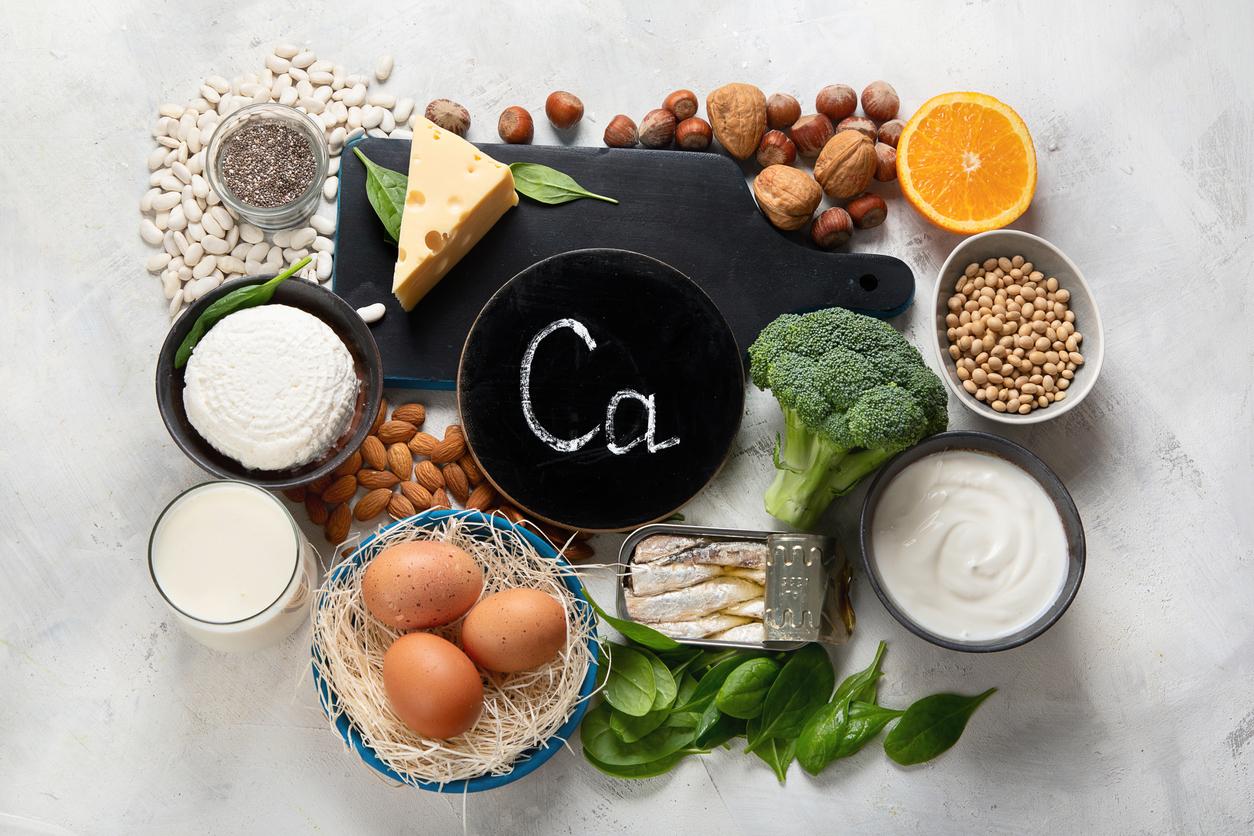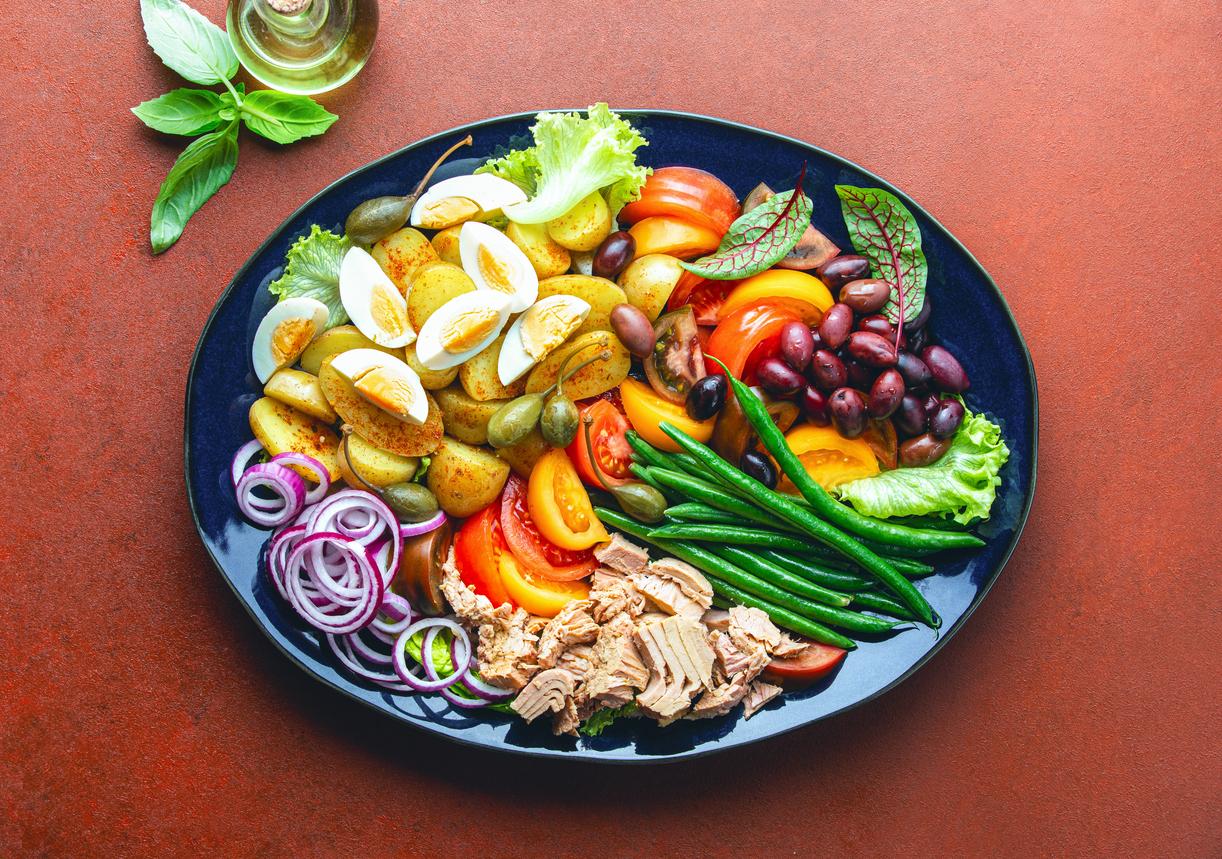Affixing a color to an industrial food product according to its nutritional qualities, is that a good measure?
Yes, because the process is carried out in a spirit of transparency. The national health nutrition program (PNNS), at the origin of this labeling proposal, wishes to simplify information to consumers on the nutritional balance of industrial products. And it is true that this is necessary because people do not take the time to decipher the nutritional tables, which, let us remember, are not compulsory and are based on the voluntary work of manufacturers.
The current display may indeed seem completely incomprehensible to the average consumer. It has odd names and unclear abbreviations like ADI (Acceptable Daily Intake) or RJA (Acceptable Daily Recommendation). Reading labels today also requires being a relative expert in numbers: percentages, calories indicated, grams, which we do not know if it is per 100 g or per portion.
This labeling would also participate in a preventive public health approach. We must not forget that certain pathologies have a direct link with diet, cardiovascular disease, diabetes, metabolic disorders such as overweight, obesity and certain cancers.
How would the color code work?
The consumer will be able to assess at a glance the nutritional quality of a product compared to another, in the same family or compared to another from the same family. For example with regard to starchy foods, the consumer will be able to see that such a packet of crisps where it is indicated “- 25% of salt” could be as unbalanced as another packet of lambda crisps.
The color codewill be based on a gradation scale comprising five colors (green, orange, yellow, pink, red): green will apply to the product with the desired nutritional balance, which meets all the criteria for nutritional balance (proteins, level of simple sugars, level of salts, saturated fat, fiber, presence of vegetables and fruits). At the other end of the spectrum, red will target a product with a nutritional imbalance to be consumed in moderation.
Will color labeling become compulsory for all industrial products?
No, there will be no obligation. The device obviously comes up against very strong resistance in the agri-food industry and that is why the European Union has not made this labeling binding. Therefore, if this proposal is adopted by the National Assembly within the framework of the health bill of Marisol Touraine (amendment 3 of article 5 of the health bill), the system will be based on voluntary service.
If this labeling is adopted, do you think that consumers will really pay more attention to the composition of food?
First and foremost, the implementation of this labeling must be accompanied by an awareness campaign to inform about the existence of this color code. Clearly, explain how it was developed and on what criteria. The gradation scale of the five colors should also be explained.
As to whether this color code will really influence consumers, I think so, for green and red products. But the question arises of products with an intermediate color code, orange, pink, yellow. Consumers could find it difficult to navigate, a bit like the sales where we are sometimes lost between the orange, yellow, green labels. In reality, it is with use, with studies, that we will know if these color codes really influence the act of purchase and consumption. But I am convinced of it because there will still be more clarity in the information given. You should know that people spend less than 1 minute 30 in the dairy products department! The gaze sweeps the shelf and we choose our usual brand. The visual code will be more meaningful and will be a simplified tool.
Can simplified labeling encourage certain manufacturers to review the composition of certain food products?
This is one of the open questions for now. One thing is certain, this simplified tool will be used to thwart marketing traps. Certain products put forward on slimming or health claims will ultimately have the same color codes as lambda products for which there is no marketing hype. For example a flavored low fat 0% fat dairy product will be labeled the same color as a regular dairy product because the former contains more sugars.
How can you be sure that the correct color codes will be respected?
Again, this is one of the things that remains to be defined before implementing this labeling. If the color code is retained, an independent body would be needed to control the correct labeling of foods.
Huge work remains to be done to refine the tool because there are many protagonists involved in the system (the Ministry of Health, consumers, manufacturers, nutrition professionals, etc.). A consensus will be necessary to arrive at a common approach towards a general improvement in the quality of the nutritional offer in France.
Thanks to Corinne Peirano, dietician nutritionist.
>> To read also: UFC-What to Choose Praises Color Labeling
How about you, would you look at color coded labeling if it was implemented? Have your say on the forum.
















